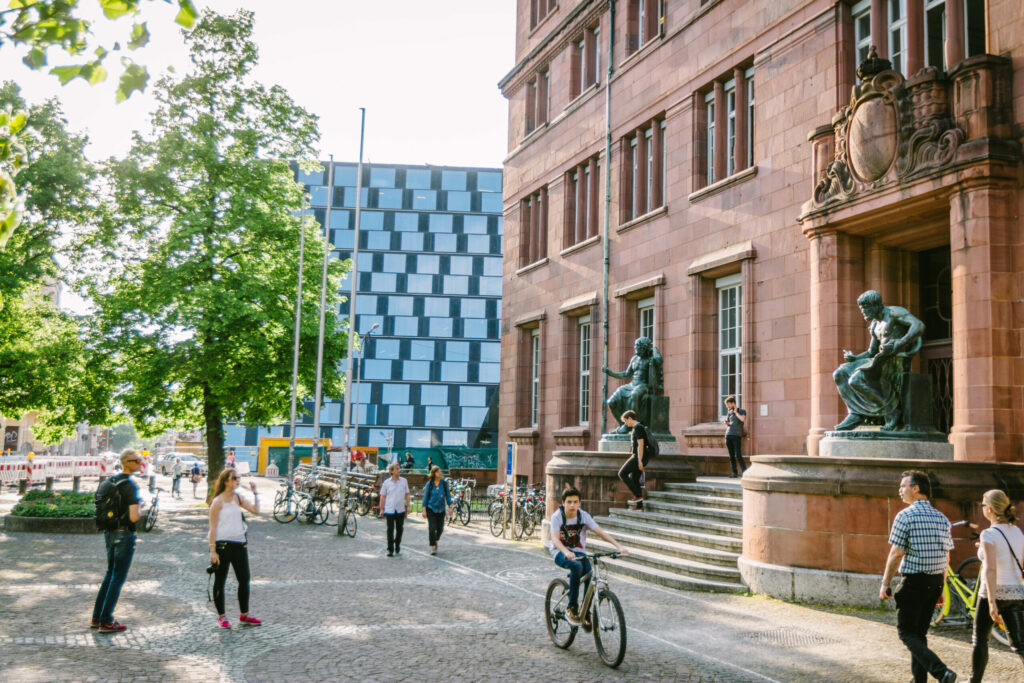
Physiologisches Institut
University of Freiburg

A fundamental and fascinating feature of the mammalian brain is its capacity to acquire and store novel information. However, little progress has been made on how memory is represented in neuronal networks. Our research is focused on understanding the mechanisms underlying the emergence of learning-associated active cell populations, so called cell assemblies, representing new memories. We aim to focus this question on the rodent dentate gyrus (DG), the input region of the hippocampus, known to be functionally vital for acquiring new memories in humans, nonhuman primates and rodents. So far our group efforts have been clarifying the cellular and synaptic properties of neurons and synapses in the DG circuitry and the mechanisms underlying the synchronization of neuronal networks for the encoding of information. Moreover, we have investigated the cellular, synaptic and network mechanisms important for the development of neuronal networks, specifically of GABAergic inhibitory cells. Our major questions which have been brought into sharp focus based on recent scientific observations are as follows:
To address these questions we use state-of-the-art techniques which include:
A joint Network for scientific Imaging and Image Analysis Infrastructure
Phone: +49 761 203 2934
Email: info@miap.eu
Contact Form